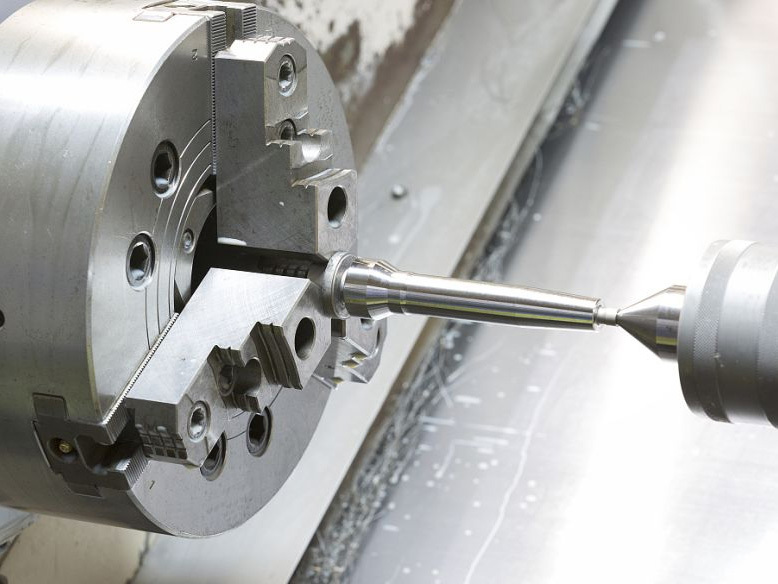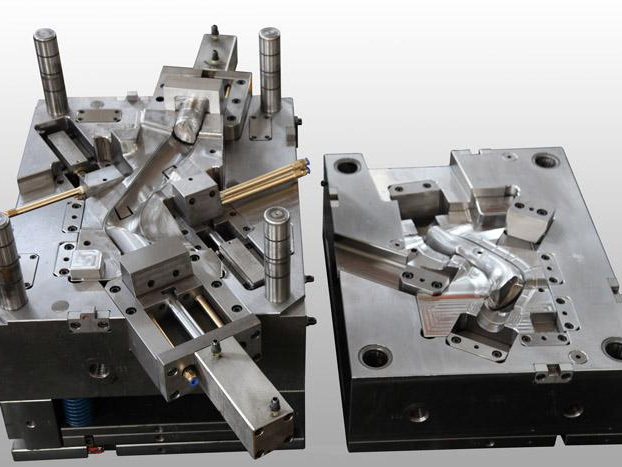The difference between injection molds and die-casting molds
Release time:
2023-12-29
When it comes to molds, people often associate die-casting molds with injection molds, but the difference between the two is actually very significant. Dry die casting is the process of filling the mold cavity with liquid or semi liquid metal at an extremely high speed and solidifying under pressure to obtain a die casting.
When it comes to molds, people often associate die-casting molds with injection molds, but the difference between the two is actually very significant. Dry die casting is the process of filling the mold cavity with liquid or semi liquid metal at an extremely high speed and solidifying under pressure to obtain a die casting. Generally used for metal materials, injection molding is the main method of forming thermoplastic materials. Thermoplastic is made of thermoplastic resin, which can be repeatedly heated, softened, cooled, and solidified. It is a physical process that is reversible and can be used as recycled plastic. Although both require the use of molds to make products, although the working principle is not much different and the materials are different, the molds used naturally also differ. Below, the editor will briefly tell you the difference between die-casting molds and injection molds!
1. The injection pressure of die-casting molds is high, so there is a higher requirement for the mold template, which should be relatively thick to prevent deformation.
The gate of the die-casting mold is different from that of the Wang plastic mold, and it should be a high pressure that requires the use of a diversion cone to decompose the material flow.
3. The core of the die-casting mold does not need to be quenched because the temperature inside the mold cavity is relatively high during die-casting, which is equivalent to a quenching process, while the injection mold needs to undergo quenching treatment.
4. The cavity of the die casting mold should be treated with nitriding to prevent the alloy coating cavity.
5. Generally, die-casting molds have significant corrosion, and the outer surface is usually treated with blueing.
6. Injection molds generally rely on ejector pins, and can be vented by dividing the surface. Die casting molds must have exhaust slots and slag collection bags.
7. The matching requirements for the split surface of the die casting mold are higher, as the fluidity of the alloy is much better than that of plastic. It is very dangerous for high-temperature and high-pressure materials to fly out of the split surface.
8.Compared with injection molds, the clearance between the movable distribution parts of die-casting molds is larger because the high temperature during the die-casting process can cause thermal expansion. If the clearance is too small, it can cause the mold to jam.
Keywords:







